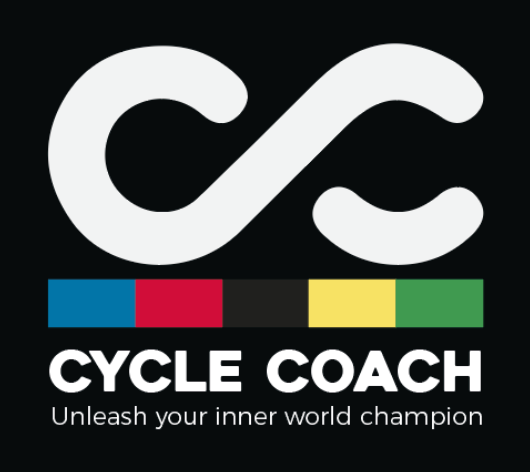Maximise Your Cycling Gains: Crafting Your Off-Season Training Plan
For many athletes in the northern hemisphere, now is the time you’d traditionally have an off-season and start an enforced rest period. This has been the way that many pro athletes have done things, but is this the right way, and should you as an amateur be doing this? Additionally, are pro athletes still having large off-seasons?
First off, let’s deal with the elephant in the room. There’s very few pro cyclists who read this (just one or two the last time I checked), so really this blog is squarely aimed at amateur and masters athletes. If you’re a World Tour Pro Cyclist you’re going to need some down time - it’s mentally and physically exhausting racing at that level. They may need between 1 and 4 weeks off the bike, or with very little structure.
For most other people, while I can’t talk specifically about how you mentally might feel (for example you could have a stressful job and this may affect things?) the answer is that you probably don’t need much of a break or need only a short break. A couple of easy weeks is generally going to suit most people — after doing about 35 races this year, averaging about 15 hours a week of training I’ve had two easy weeks and in the second week started to gradually increase my endurance rides. I feel refreshed and ready to go.
After that easy week or two what should you be doing? Firstly, it’s worth identifying what your goals are for the coming season. Do you have a specific race or event you want to do? What are the demands of that event? When is it? How long do you have to train for it? Secondly, you should aim to identify the physiological demands of the event, as well as other demands — is it an Ultraendurance event? What about the nutritional demands? If it’s bunch racing do you have the skills and tactics?
Once that’s sorted you can then start deciding on the training you may need to do. What about supporting training? Are you a masters athlete? Then it’s almost 100% certain you’ll need to do some strength training all year round to help with hormone health, health and cycling performance (for both male and female athletes). If you’re not old enough to be a masters athlete (lucky you!) strength training is still needed for increased performance across a variety of disciplines from sprint athletes to endurance and ultra endurance athletes. You should be aiming for 2 to 4 days per week of strength work in addition to your endurance training.
Recent evidence has also shown what some coaches were already doing, and that it’s important to be doing some intensity training all year round. The evidence shows that athletes perform better in the subsequent year when they include very high intensity training over the off-season. Additionally, male masters athletes should also include some medium duration intensity work that stimulates VO2max, while female athletes - especially those in perimenopause or menopause should also target intensities that are slightly harder and slightly shorter.
Of course all athletes should also include some endurance based work - although this can be a bit unfortunate as it often coincides with bad winter weather. There’s nothing wrong with doing long endurance rides indoors virtually. That said getting outdoors maybe with a group can be great - unless the weather is really inclement or cold. With the riders I work with I tend to get them to avoid outdoors on the road once the temperature approaches 0oC because falling off on icy roads and fracturing bones is a sure way of ruining a season (or delaying it!).
Lastly, now is a great time to look at your nutrition and appraise where it’s good and bad. Are you fuelling your sessions well? Do you need to lose fat mass? Do you need to increase muscle mass? All things to consider and work on, and it’s good time to cut weight if you have any to cut (and if you only have a couple of kg to lose then this would not be the time to do that).
In summary, ascertain your goals and the demands of the goals. Ensure you do some strength work (aiming to lift heavy after an adaptation phase), include some intensity year round, make sure you’re continuing with your endurance rides and look at your nutrition so that you can be firing on all cylinders for next season.
Want some help with putting this all together so that you can smash 2024? Then email me here
